Do you think planting bulbs is incredibly easy, even for a complete beginner in gardening? Mmm... Not so sure... In reality, failing to plant your bulbs is much simpler than it seems. In this article, we will guide you through five foolproof lessons on how to sabotage your tulips, neglect your crocuses, or ruin your daffodils. Yes, you read that right! We're talking about how to plant bulbs... in the worst way possible! Because, let's be honest, succeeding on the first try is just so mundane. So, prepare your gardening tools, or rather, don’t prepare them, and discover how to turn your garden into a true floral fiasco. Gardening tips, common mistakes, and tricks to mess everything up, even bulb planting, we’ll tell you everything!
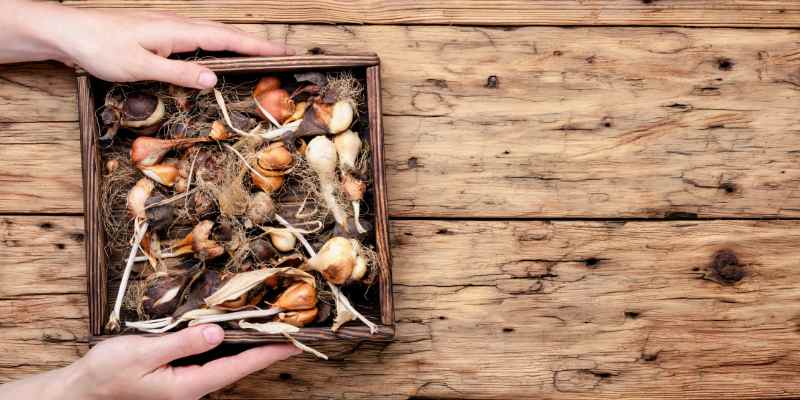
Lesson 1: choose the ugliest bulbs
Let’s start at the beginning: choosing the bulbs. Who needs healthy, vigorous specimens ready to burst into a profusion of colours in spring? Not you, obviously! When you find yourself in front of a display of tulip, daffodil, or crocus bulbs, let your instincts guide you towards those that seem to have already lost all will to live. Yes, I’m talking about those poor bulbs, too small, wilted, soft to the touch, and sporting suspicious spots. Some might even have mould, which in your case, is a real bonus.
Not only unhealthy bulbs will struggle to sprout, but even if they manage this feat, they will likely produce weak, sparsely flowering plants that will also delight pests and diseases.
Please note: speaking of bulb selection, let’s not forget that it’s also important to choose species and varieties suited to your climate, soil, and humidity... Choosing your varieties "at random" is one of the best ways to be disappointed.
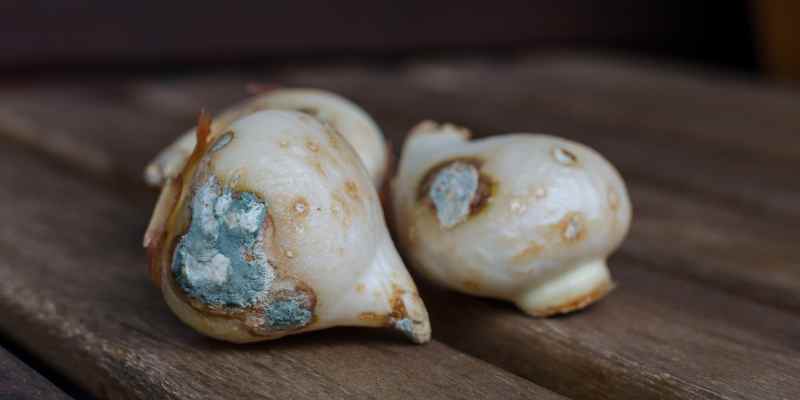
Lesson 2: ignore the planting calendar
You’re more of a rebel in the flowerbeds, the outlaw of gardening. So, let me tell you why ignoring the planting calendar is a crucial step in your sabotage strategy.
When experts tell you to plant your tulips in autumn for a spectacular spring bloom, opt for a completely different timing. Imagine the surprise of your tulips when they find themselves buried in the middle of July, under a blazing sun! And what about the crocuses, normally reserved for autumn, that you decide to plant in the middle of winter, when the soil is harder than male dogwood wood at the end of summer? (Note: those who have ever had the silly idea of pruning this tree at that time will understand)
By deliberately ignoring the planting calendar, you confuse your bulbs. They become out of sync, disoriented, and ultimately quite unhappy. This not only compromises their ability to sprout but also their resistance to diseases and pests. Even if they manage to break through the soil, the chances are high that they will be unhealthy or bloom at unexpected times.
A little word from Oli: we mention on our product sheets "best planting period" and "reasonable planting period" (which slightly extends this period). This implies that there is a "unreasonable planting period": in other words, the best time to ruin your plants' recovery.
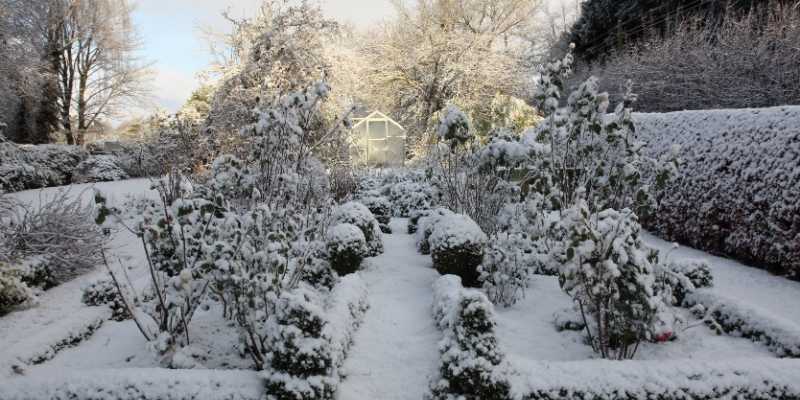
Lesson 3: plant anywhere
Imagine a plant that loves the sun, that lives for its warm summer rays. You’re going to, with a little smirk, place it where even ferns would hesitate to grow, in the darkest corner of your garden. Or take the opposite case: a delicate shade plant that prefers dimness and moisture. You put it in full sun, where even cacti would feel uncomfortable. To top it all off, you might even decide to place your bulbs in an area where water stagnates, just for that little "cursed marsh" effect.
In short, choosing the wrong location for your bulbs is like sending a surfer to face a wave with alpine skis: inappropriate, incongruous, and destined for failure. Your plants will be stressed, sick, and utterly unpleasant to look at (and this applies to all plants!).
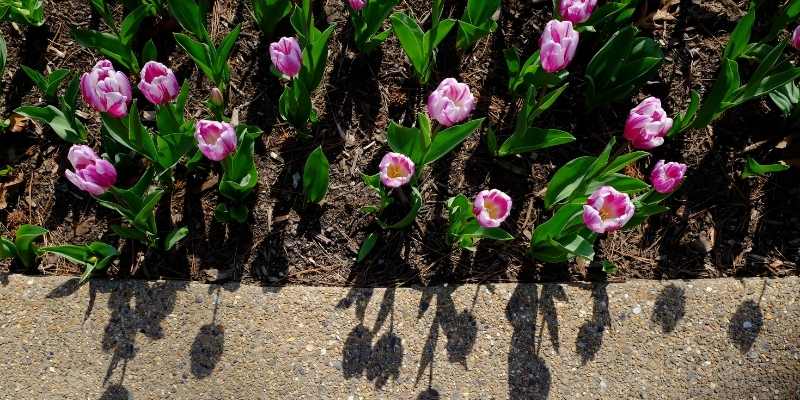
Lesson 4: choose a whimsical depth
Let’s imagine you have a bulb in your hands that, according to all recommendations, should be planted at a depth equal to twice its size. You have two options here to ensure a resounding failure. The first is to place it just below the soil surface. Your bulb won’t have the necessary depth to establish itself, and it will be an easy target for predators and the elements.
Your second option? Bury it like a pirate's treasure, so deeply that even if the bulb had a compass and a map, it would never find its way to the surface. In this case, your bulb will exhaust all its energy just to emerge, and if it succeeds, it will be so drained that it won’t have the strength to bloom properly.
In both cases, you achieve a wonderfully disastrous result. Your bulbs, either planted too superficially or lost in the depths of your garden, will have no chance of becoming those beautiful flowers that make gardeners proud.
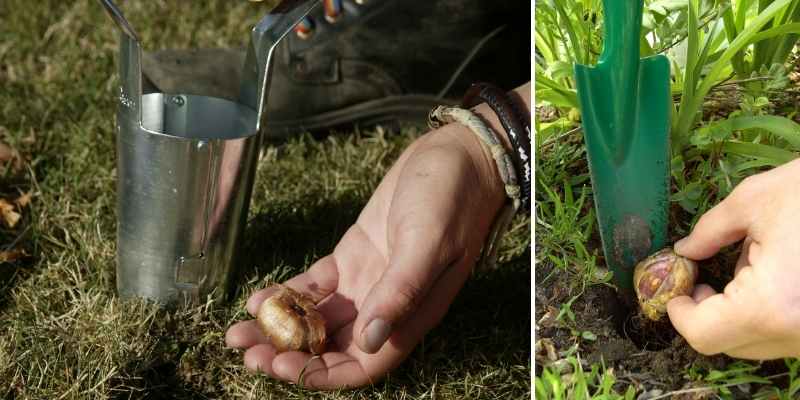
Lesson 5: water by instinct
Everyone knows that water is essential for plant life. But in your bold quest to create the least welcoming garden in history, random watering is your secret weapon. The grand finale of a series of carefully orchestrated horticultural failures.
One day, it’s a deluge, as if you want to recreate the conditions of a marsh in your garden. The bulbs will be so waterlogged that they might burst.
And then, after this excess, you switch to the extreme opposite. Let the soil dry out completely, becoming cracked and hard as stone. The bulbs, already stressed by the excess water, will now experience drought and despair. They will end up wondering what they did to deserve such treatment.
Random watering creates such an unpredictable environment that your plants won’t know how to react. The result? Bulbs that don’t sprout, weak plants prone to diseases, and a garden that looks more like a failed experiment than a green space. It’s the culmination of your catastrophic gardening efforts, the grand finale of a fireworks display of errors.
































Comments